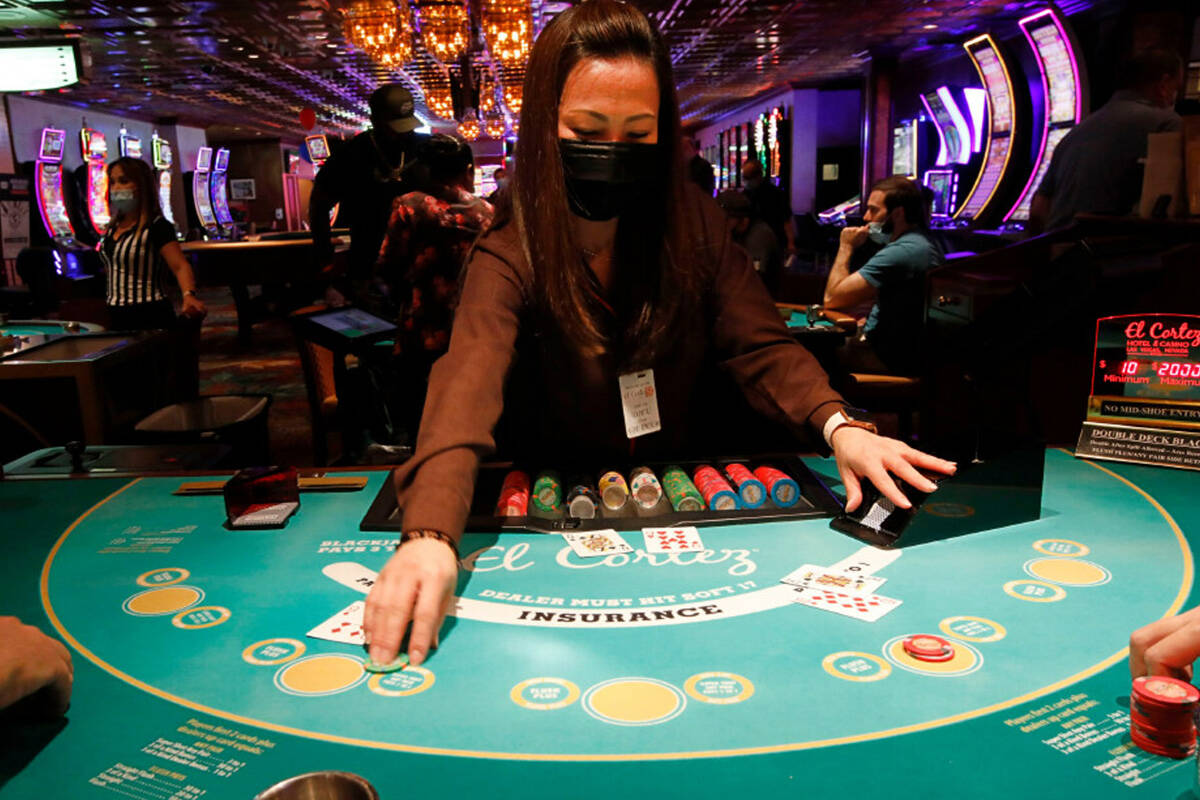
In the shadows of the glittering lights and the enticing sounds of rotating reels lies an vibrant realm where innovation meets mathematics: the making of casino games. While players flock to casinos seeking excitement and the chance of winning big, a vast amount of work takes form behind closed doors to create the games they enjoy. From the initial concept to the final product that players engage with, many elements are brought together to ensure a captivating gaming experience.
Creators, technicians, and game developers collaborate to merge innovative technology with engaging gameplay mechanics. Each aspect, from graphics plus audio elements to probabilities and payouts, is carefully crafted to draw in players plus keep them engaged. Understanding this complex process of the way casino games are made reveals both the technical expertise involved but also the creative vision that transforms these immersive experiences to life.
Casino Game Design Process
The design workflow begins with brainstorming and concept development, where creators generate concepts for new casino games. This first phase often involves pinpointing potential audiences and analyzing market trends. Designers take into account factors such as game mechanics, themes, and payout structures to create an immersive experience. Teamwork between game designers, mathematicians, and artists is essential to guarantee a balanced concept.
Once a design is selected, the next stage entails creating prototypes and testing. Designers build a working version of the game to assess its playability and mechanics. This facilitates adjustments and refinements based on feedback from testers. Iteration is vital, as designers may navigate multiple rounds of evaluations to optimize gameplay balance and user experience. This stage is essential for spotting any possible issues before the game is finalized.
After testing, the game moves into the development phase and production. This includes the technical aspects of coding the game software, integrating graphics, and ensuring compliance with gaming regulations. Quality assurance testing ensures that the game functions flawlessly across various platforms and devices. Once everything is refined, the game is prepared for launch, usually accompanied by marketing strategies to draw in players and generate excitement around the latest casino game.
Tech and Advancement
The development of gambling games has transformed significantly with developments in technology. Modern game design often incorporates high-quality graphics, immersive sound effects, and dynamic animations that deliver a captivating experience for players. Game developers use complex software tools and programming languages to develop these immersive gaming experiences. Additionally, the use of RNGs ensures equity and unpredictability in outcomes, which is important for maintaining player trust and compliance with gaming regulations.
In the past few years, the surge of online casinos has pushed the boundaries of game development even further. Developers are now able to create games that cater to a global audience, integrating features such as live dealers and virtual reality environments. This shift has encouraged new ideas, leading to unique game mechanics and formats that enhance player engagement. Mobile gaming has also become a major focus, driving developers to tailor games for smartphones and tablets, ensuring accessibility and convenience for players on the go.
Cooperation among designers, visual artists, and mathematicians is crucial in the creation process. Each team contributes their knowledge to ensure games are not only visually appealing but also mathematically sound and enjoyable. The integration of player feedback during testing phases allows developers to enhance game features and functionalities, ultimately leading to a positive launch. As technology continues to advance, the potential for innovative game concepts and experiences is endless, promising an exciting future for casino games.
Testing and Quality Control
Once a gambling game has been designed, it transitions to the essential phase of testing and quality assurance. This stage ensures that the game operates perfectly and provides a just experience for gamblers. Teams conduct thorough tests, including operational checks to confirm that all game features work as expected. Each component, from visuals to audio, is reviewed to ensure quality benchmarks are met.
In addition to functionality testing, the game experiences thorough compliance checks to meet regulatory requirements. Casino 78win Different jurisdictions have specific rules governing game fairness and player protection. Quality assurance teams will confirm that the random number generators are working correctly and that the game’s payout percentages match with market standards. This detailed examination helps establish trust with users and regulators alike.
Finally, beta testing may be conducted with actual users to obtain opinions on user experience. This crucial insight allows developers to make necessary adjustments before the official launch. Tackling any possible issues identified during this phase helps ensure that gamblers will experience a fluent, immersive experience when the game goes live. 78win The commitment to quality reflects the industry’s dedication to delivering entertaining and dependable casino games.